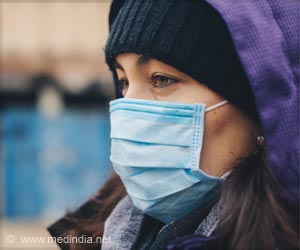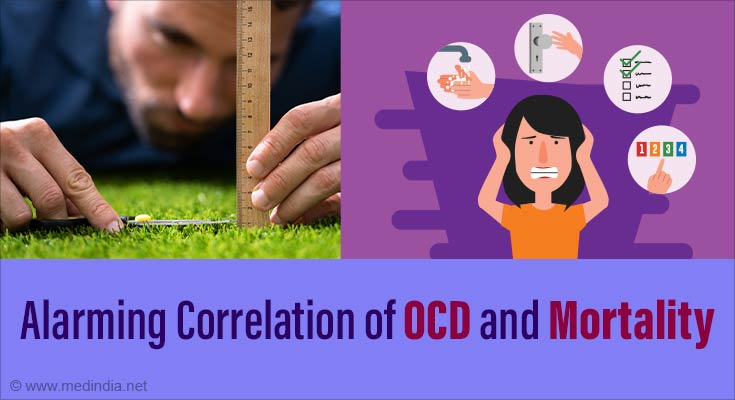The researchers found that face masks reduce the distance airborne pathogens could travel, when speaking or coughing, by more than half compared to not wearing a mask.
The findings are important as airborne viral pathogens, such as SARS-CoV-2, can be encapsulated and transmitted through liquid droplets and aerosols formed during human respiratory functions such as speaking and coughing.
Knowing ways to reduce this transmission distance can help keep people safe and aid in managing responses to pandemics, such as COVD-19, which has resulted in global-scale infection, health care system overloads, and economic damage.
These responses could include relaxing some social distancing guidelines when masks are worn.
“The research provides clear evidence and guidelines that 3 feet of distancing with face coverings is better than 6 feet of distancing without face coverings,” says study co-author Kareem Ahmed, an associate professor in UCF’s department of mechanical and aerospace engineering.
Using diagnostic tools commonly used for understanding how fluids move through the air, the researchers measured the distance in all directions that droplets and aerosols travel from people speaking and coughing, when wearing different types of masks and when not.
Fourteen people participated in the study, 11 males and 3 females, ages 21 to 31.
Each participant recited a phrase and simulated a cough for 5 minutes without a face-covering, with a cloth face covering, and with a three-layered disposable surgical mask.
Planar particle imaging was used to measure particle velocity; a phase Doppler interferometer was used to measure droplet size, velocity, and volume flux at points within a spray plume; and an aerodynamic particle sizer was used to determine airborne particle behavior.
The instruments measured the characteristics, behaviors, and direction of the airborne particles as they traveled outward from participants’ mouths.
The researchers found that a cloth face-covering reduced emissions in all directions to about two feet compared to the four feet of emissions produced when coughing or speaking with no mask on.
The reduction was even greater when wearing a surgical mask, which reduced the distance coughing and speaking emissions traveled to only about half a foot.
The researchers got the idea for the study from the jet propulsion research they do.
“The principles are the same,” Ahmed says. “Our cough and speech are exhausted propulsion plumes.”
The study is part of the researchers’ larger overall effort to control airborne disease transmission, including through food ingredients, a better understanding of factors related to being a super-spreader; and the modeling of airborne disease transmission in classrooms.
Next, researchers are going to expand the study with more participants. The work is funded in part by the National Science Foundation.
Source: Eurekalert



